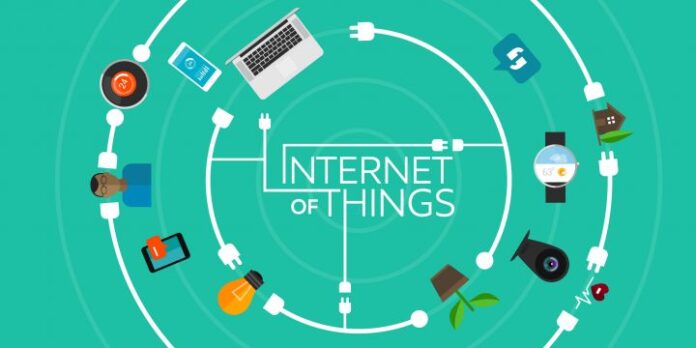Verizon Wireless activated its Category M1 LTE network, making it the first U.S. carrier to launch a nationwide LTE network dedicated to the internet of things. The carrier said it will offer IoT data plans for as little as $2 per month per device, with customized options available for bulk activations and volume purchases.
Category M1 LTE is very different from the higher categories of LTE that smartphones use. Uplink and downlink speeds are both capped at one megabit per second, and bandwidth is capped at 1.4 megahertz per device. This is said to enable low-cost connectivity chipsets for devices that do not need constant communication with the network. Category M1 modems are roughly 75% less complex than Category 1 modems, which are currently used to connect IoT devices to LTE networks.
Mike Lanman, SVP of business products and IoT at Verizon, said Cat M1 devices will connect seamlessly to the LTE network if they use Verizon’s ThingSpace client software. Qualcomm will be the first chipmaker to bring to market a chip that embeds the ThingSpace client along with Cat M1 connectivity. The goal is to let developers create consumer devices that will connect as easily as a smartphone.
“You’re just literally connected to the LTE network the second that you power up the device,” Lanman said. “You don’t have to go in and program a complex Wi-Fi password.”
Cat M1 is meant to connect sensors and monitors that might otherwise use Wi-Fi or a dedicated low-power wide area network. Right now, IoT deployments often use LPWANs to connect devices to a cellular gateway, which aggregates traffic and connects to the cellular network for backhaul. Cat M1 gives wireless carriers an opportunity to capture the end point connections in these types of deployments. For customers, end-to-end LTE connections can mean more security, and for Verizon they mean more revenue.
Verizon generated roughly $500 million in IoT-related revenue during the second half of last year, and Cat M1 is part of the carrier’s plan to increase that number this year. The next step is for developers to create new connected devices for the Verizon network.
“Think about the magnitude and the scale of what becomes available to the development community,” said Lanman. “2.4 million square miles of footprint with low-cost chipsets that can be installed in new use cases with low cost to connect so you’re able to really bust it wide open in terms of the art of the possible in IoT now.”
Lanman said the Cat M1 rollout has been implemented through software upgrades to the carrier’s core network, adding Verizon has been working with companies that make meters for water, gas and electricity to test end user equipment, and that makers of consumer electronics are also very interested in Cat M1.
“They’re excited about something that automatically registers on the network,” Lanman said. “With a thermostat or a washing machine you want to keep the consumer out of a complex process for getting it registered.”
Verizon has certified Cat M1 chipsets, modules and devices from six manufacturers: Sequans, Telit, Qualcomm Technologies, Encore Networks, Link Labs and NimbeLink. Gemalto, U-Blox, Sierra Wireless and Sony’s Altair Semiconductor are also working on Category M1 chips for the Verizon network.
Developers will choose chipsets based on the cost and complexity of their individual designs. Advanced developers who want to produce high volumes are likely to create “chip down designs” starting with a connectivity chips made by vendors like Qualcomm or Sequans. Those who want more capability will choose a module from a vendor like Gemalto or Teilt, and those who want a complete Cat M1 modem will source it from a modem maker like NimbeLink or buy a complete IoT development kit that includes LTE. Cat M1 modules cost between $8 and $10, and development kits will cost between $100 and $200.
Verizon is unlikely to be the sole operator of a nationwide Cat M1 network for more than a month or two. AT&T has said it will launch the technology throughout most of its network during the second quarter of this year.

